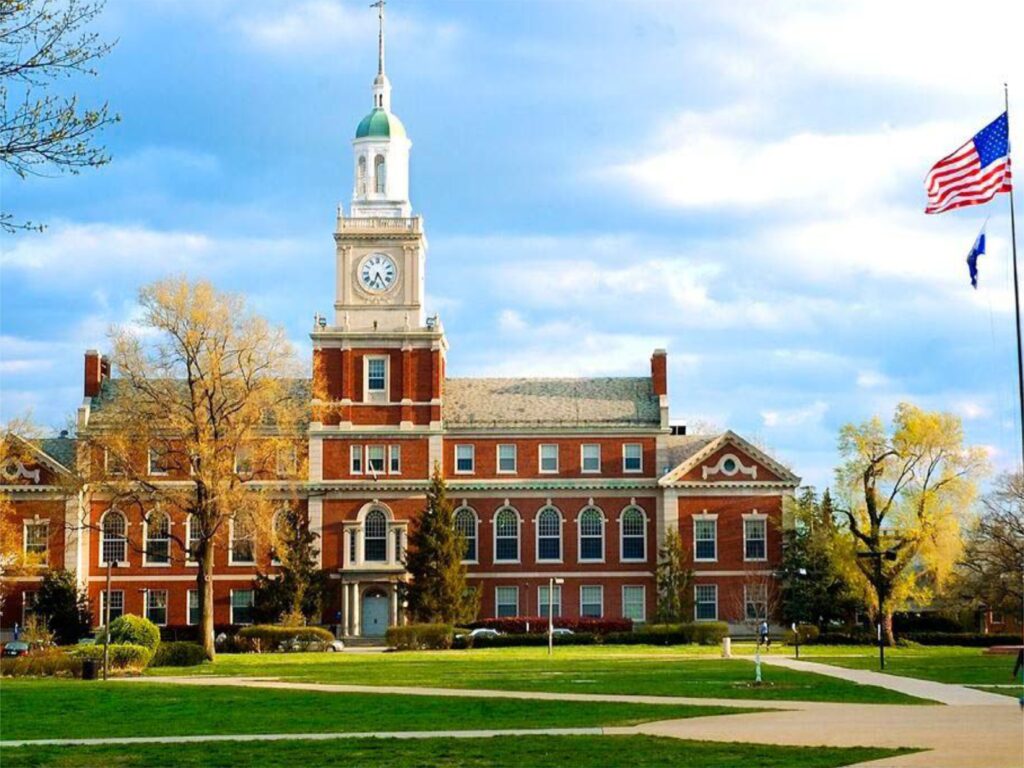
Navigating the U.S. educational landscape can be a complex yet rewarding experience for international students. This primer aims to demystify the journey, offering insights and guidance every step of the way.
The U.S. education system, renowned for its diversity and flexibility, can appear intricate to international students. Comprising primary, secondary, and tertiary levels, the system offers numerous pathways. At the primary and secondary levels (K-12), education is mandatory.
Upon completion, students often pursue higher education, typically at universities, colleges, or community colleges. The academic year generally runs from late August to May, divided into two semesters or quarters.
The tertiary level provides multiple types of institutions: community colleges, liberal arts colleges, public universities, and private universities. Community colleges offer two-year associate degrees, while four-year colleges and universities offer bachelor’s, master’s, and doctoral degrees. The versatility of the U.S. education system allows students to transfer between institutions and change majors, fostering a personalized educational experience. Understanding these basic structures can help international students navigate through their options more effectively.
Selecting the right institution is crucial and can significantly impact an international student’s academic journey and future career. Researching various institutions should be the first step. Factors like location, size, campus culture, academic reputation, available programs, and cost are important to consider. Services like EducationUSA can provide valuable information to international students exploring U.S. education.
Public universities often offer a wider range of programs and are generally less expensive than private universities. However, private universities may offer more financial aid opportunities. Additionally, liberal arts colleges focus on a broad-based education, whereas technical institutes may provide specialized training. Visiting campuses, if possible, can help in making a well-informed decision. Online resources, virtual tours, and speaking with current students or alumni can also provide deeper insights into an institution's environment and opportunities.
The admission process for international students can be daunting, often involving standardized tests, academic records, and financial documentation. Standardized tests like the SAT, ACT, TOEFL, or IELTS are commonly required by U.S. institutions to assess academic readiness and English proficiency. Preparing and scheduling these tests well in advance is essential.
Application materials typically include academic transcripts, letters of recommendation, personal statements or essays, and proof of financial capability. Obtaining and submitting these documents within deadlines is critical. Each institution has unique requirements and deadlines, thus maintaining a checklist can be beneficial. Many institutions utilize the Common Application or other centralized systems, simplifying the application process to multiple schools.
Financial planning is another critical aspect. Understanding the cost of tuition, living expenses, and available scholarships or financial aid options is essential. Some universities offer merit-based scholarships, and there are various external scholarships specifically for international students. Seeking advice from academic advisors and utilizing resources like EducationUSA can help streamline the admission process and improve the chances of successful admission.
Securing the right visa is a fundamental step for international students aiming to study in the U.S. The most common student visa is the F-1 visa, designated for academic studies. Applying for an F-1 visa requires an acceptance letter from a SEVP-approved U.S. institution and a SEVIS I-20 form. The SEVIS fee must be paid before scheduling a visa interview at a U.S. embassy or consulate.
During the visa interview, students must present their I-20 form, acceptance letter, visa application forms, and documentation showing sufficient financial resources. Preparation and proper documentation are key as the visa denials can occur due to insufficient paperwork or perceived intentions of not returning home after studies. The J-1 visa is another option for students participating in exchange programs, and the M-1 visa applies to vocational or technical training students.
Once in the U.S., maintaining visa status is crucial. This involves adhering to full-time enrollment requirements, not engaging in unauthorized work, and reporting address changes to the institution's Designated School Official (DSO). Understanding these legal requirements ensures that international students can focus on achieving their academic goals without legal impediments.
Adapting to a new country's lifestyle, culture, and education system can be both exciting and challenging. International students may face cultural shock, homesickness, and academic adjustments. Engaging in campus activities and cultural exchange programs can help ease the transition. Many universities have international student offices that offer orientation programs, counseling services, and cultural acclimation resources.
Understanding the academic culture in the U.S. is also vital. The education system encourages active participation, critical thinking, and collaboration. Building relationships with professors and peers can enhance learning and support networks. Utilizing campus resources like libraries, tutoring centers, and academic advisors can aid in academic success.
Social integration is equally important. Joining clubs, sports teams, or interest groups can foster friendships and provide a sense of belonging. Exploring local communities and participating in cultural events can enrich the U.S. experience. Balancing academic and social life through time management and self-care practices ensures a holistic and fulfilling U.S. educational journey.
In conclusion, the U.S. education system offers diverse opportunities for international students. By understanding the system, choosing the right institution, navigating admissions, securing the necessary visas, and acclimating to life in the U.S., international students can turn their educational aspirations into reality.